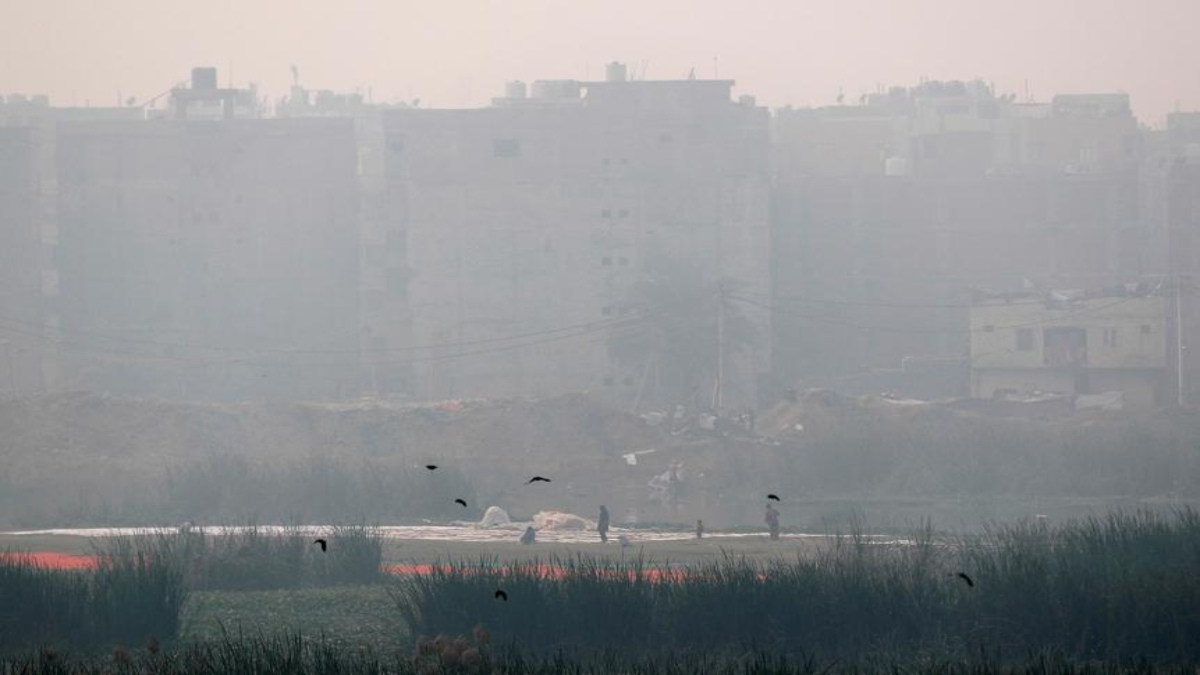


Air quality in Haryana continues to deplete day by day and in continuation to this, it is worth mentioning that air pollutants peak in November-December (post-monsoon season) in the state as revealed by a study which was conducted by a three premier educational and health institutions in a collaboration. Be-side, paddy crop residue burning emerges as huge factor responsible for the increasing air pollution dur-ing the period.
Findings of the research revealed that the particulate matter which is responsible for air pollution in-creases with the seasonal variation. The factors that play role in increasing pollutants have been witness-ing a spike in post-monsoon period. It is also revealed by the study that air pollution witnesses a spike from 65 percent to 147 percent in post-monsoon in and winter season.
What is of more importance is to mention here is that Particulate Matter (PM) 2.5 and 10 both continue to increase during post-monsoon as compared to the National ambient air quality indicators. It is perti-nent to mention that particulate matter 2.5 includes particles less than 10 micrometers in diameter and these can get deep into our lungs. Even some of the particles may get into the bloodstream. While con-trary to this, PM 10 contains solid or liquid droplets or dust that are so small that they can be inhaled and cause serious health problems.
If we look at the methodology of the study then it is worth mentioning that Haryana has been taken into consideration as the study area dividing it in three zones. Likewise, in order to understand the air quality and pollutants, the data of 23 continuous ambient air quality monitoring stations of the Central Pollution Control Board (CPCB) and Haryana State Pollution Control Board( HSPCB) of the Haryana was studied. Besides, all 21 districts were divided into 3 zones depending on ecology and cropping pattern. Likewise, the first two months including January-February had been mentioned as the winter while the next three months namely March, April, and May marked as pre-monsoon period to be followed by June to Septem-ber and October to September as monsoon and post-monsoon seasons respectively. The study also con-tains that the industrial and vehicle emissions along with solid bio-mass also emerge as huge factors for air pollution. In view of the ongoing scenario, the study comes up with recommendations stating that first, the farmers should use modern and environment-friendly agricultural equipment, and second, the government is required to come up with preventive measures.
It is pertinent to mention that the study has been conducted in collaboration by Guru Jambheshwar Uni-versity, Hisar, Punjab University, and PGI, Chandigarh having Dr. Ravinder Khaiwal, Sahil Mor, Tejbir Singh, Prof Narsi Ram Bishnoi, and Dr. Santosh Bhukkal.